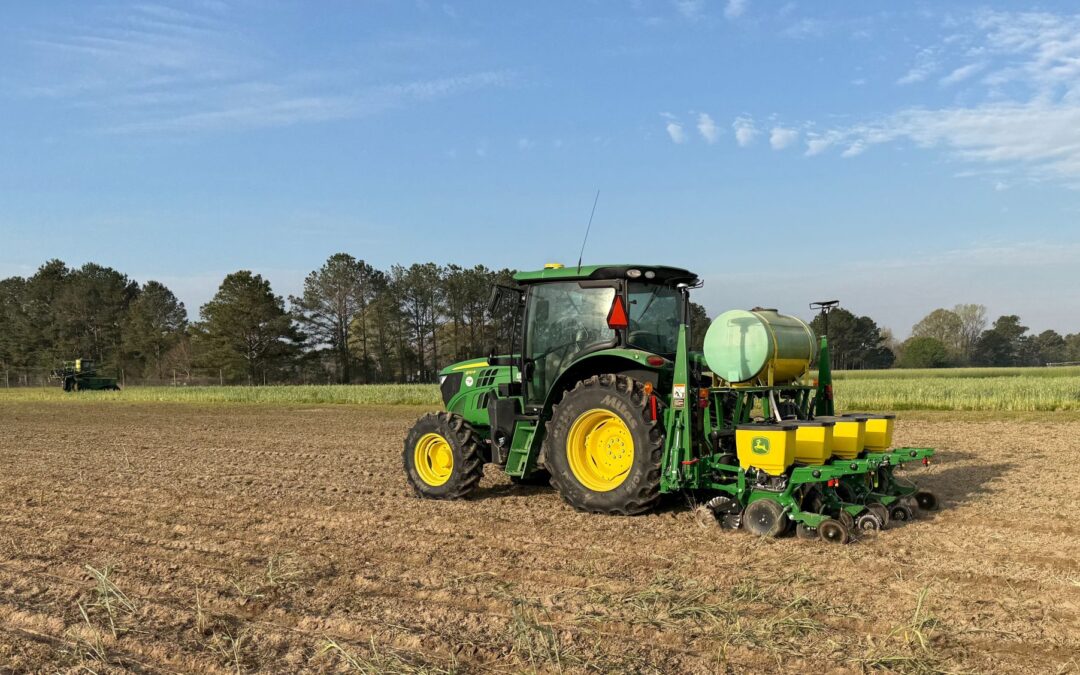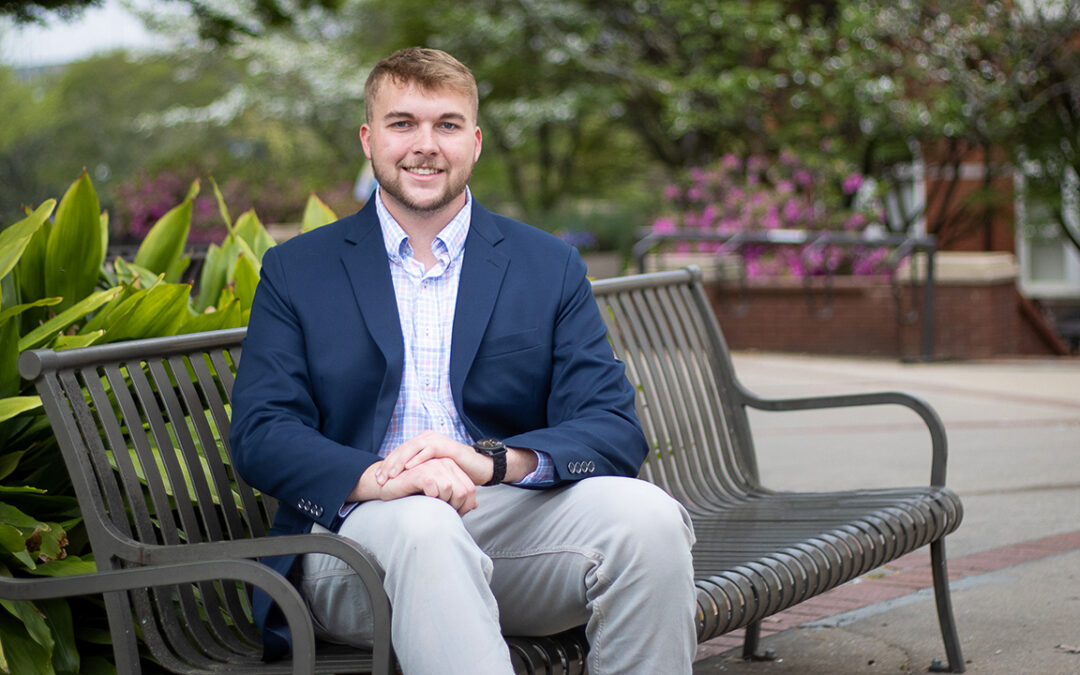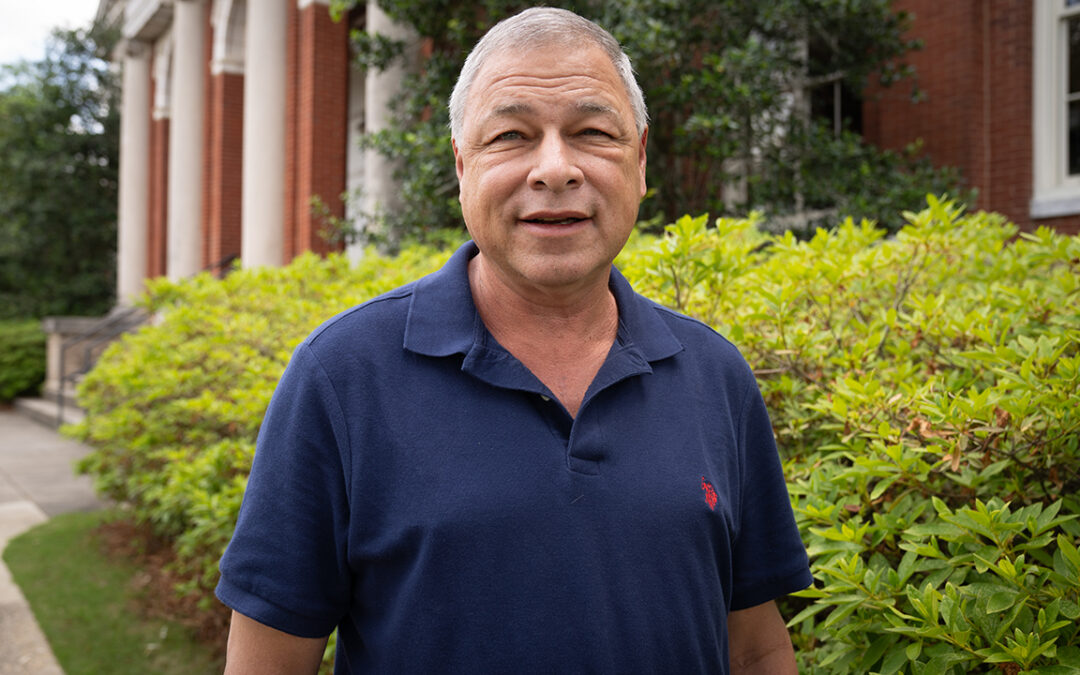The National Oceanic and Atmospheric Administration awarded Auburn University’s Di Tian a two-year, $313,420 grant to develop improved long-term, high-resolution precipitation data over the United States. Tian is an associate professor in Auburn’s Department of Crop, Soil and Environmental Sciences and a researcher in the Alabama Agricultural Experiment Station.
Having accurate, high-resolution gridded precipitation observation datasets is fundamentally important for climate and water monitoring and forecasting. The overarching goal of Tian’s project is to develop an unprecedented accurate, long-term high-resolution precipitation dataset over the contiguous United States using deep learning with ground radar and satellite observations, weather station observations and numerical model outputs.
The research will improve state-of-the-art hourly radar-based precipitation estimates and develop a deep-learning-based approach to extend improved radar hourly precipitations into regions and periods that have no radar observations. Results of the project will contribute to the goals of NOAA’s Precipitation Prediction Grand Challenge Strategy 2020-2030. The new datasets and methods from Tian’s work will be significant for advancing climate and water observations, monitoring and forecasting.
In addition to Tian, the project team includes Auburn research fellow Fang Wang and collaborator Hailan Wang from the NOAA Climate Prediction Center.
Tian’s research group focuses on improving climate and hydrologic observations, early warning and predictions to better understand and predict climate and extreme weather impacts on agriculture, ecosystems and water resources.
For more information about Tian’s lab, go to aub.ie/hydroclimate.





